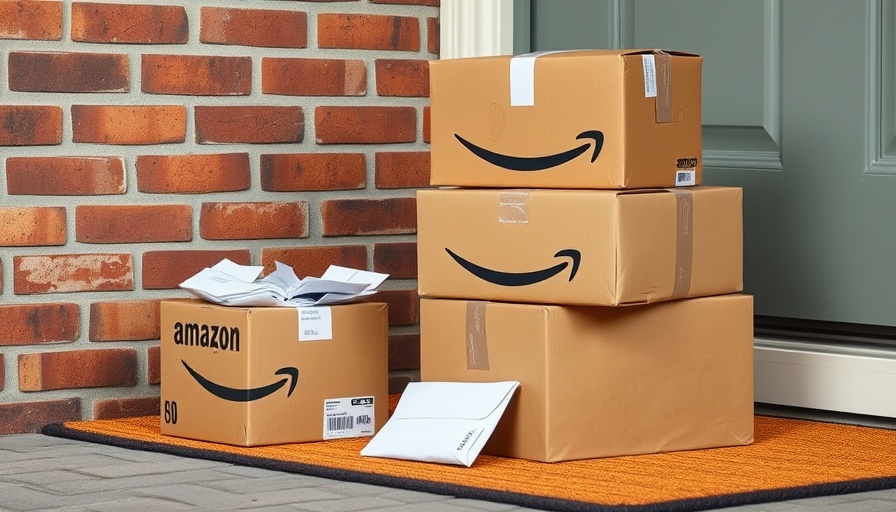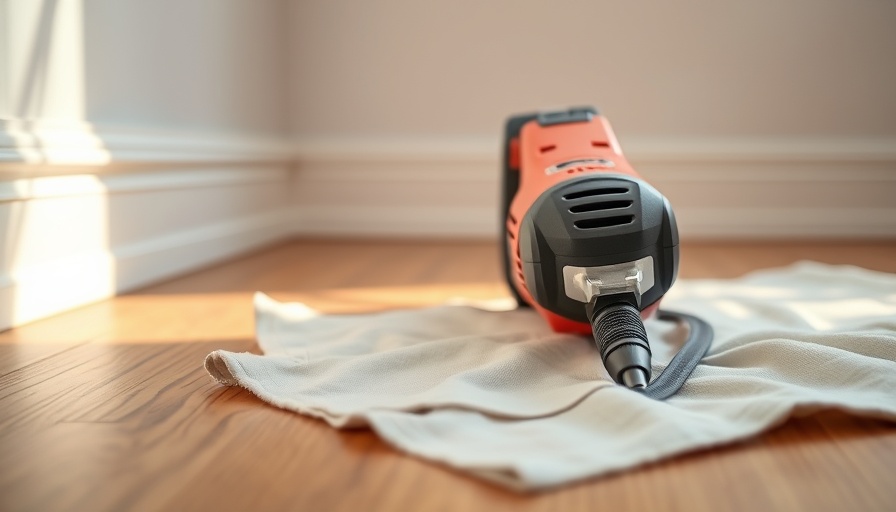
Understanding Retaining Walls: What You Need to Know
When it comes to home landscaping and structure security, the role of retaining walls is paramount. Retaining walls act as strongholds for soil, crucial in areas with varying terrains, such as hills and slopes.
These structures can be made from an array of materials including concrete blocks, wood, and stone. Each material offers unique benefits depending on the wall's purpose and local environmental conditions. According to Jakob Walter, a consulting structural engineer, the depth a wall extends into the ground can be twice as much as its visible height, emphasizing the need for careful planning and construction.
Why Do Retaining Walls Fail? Recognizing the Signs
Failure of retaining walls often occurs due to insufficient drainage. Poor drainage allows water to accumulate behind the wall, which can create undue pressure and lead to a collapse. “Many homeowners overlook the importance of drainage during construction,” notes Hayden Slack, owner of G.L. Hunt Foundation Repair. “This can lead to problems that escalate over time.”
Another common issue is overloading, where heavy objects are placed too close to the wall, stressing it beyond its capabilities. Especially in colder regions, frost can freeze moisture, adding pressure and compromising structural integrity.
Taking Preventative Measures: How to Maintain Your Retaining Wall
Preventing a retaining wall collapse hinges on proper planning and ongoing maintenance. Ensuring that a sound drainage system is in place can make all the difference. Weep holes can be incorporated to allow water to escape, while gravel backfill improves drainage efficiency. It also helps to have the soil compacted adequately when constructing the wall.
Keeping heavy vehicles or structures away from the wall's edge can also mitigate risks substantially. “Regular monitoring can catch potential issues early,” advises Slack. “If you notice any cracks or leaning, call in a structural engineer immediately.”
Repairing a Damaged Retaining Wall: Options Assessment
So, what should you do if your retaining wall is showing signs of distress? The good news is that often, repairs are possible. However, the approach largely depends on the wall's condition. For minor issues, like small cracks, grout injection might suffice, while more severe damage may necessitate rebuilding.
“Reconstruction can be costly, so it's essential to mitigate risks from the start,” says Yaeir Moinzadeh, a contractor with extensive experience in retaining wall construction. “Utilizing high-quality materials and adhering to best practices during design and build can save money in the long run.”
A Look Ahead: Future Trends in Retaining Wall Solutions
The growing emphasis on sustainable practices is impacting retaining wall design significantly. Innovations such as eco-friendly materials that promote drainage and soil health are gaining popularity. These options not only enhance durability but also reduce the environmental impact.
As technology advances, expect to see more automated monitoring systems that can help homeowners keep an eye on their retaining walls, alerting them to shifts or changes in integrity.
Conclusion: Your Next Steps Towards a Secure Retaining Wall
In conclusion, the foundation of a stable retaining wall resides in understanding its purpose, construction, and ongoing care. If your retaining wall raises concerns, do not hesitate to consult with professionals who can offer tailored solutions. By being proactive and informed, you can prevent costly repairs and ensure the safety of your home.
For further insights on home maintenance and improvement, consider subscribing to our newsletter, where we share expert tips tailored for homeowners wanting to maintain and enhance their living environment.
 Add Row
Add Row  Add
Add 




Write A Comment